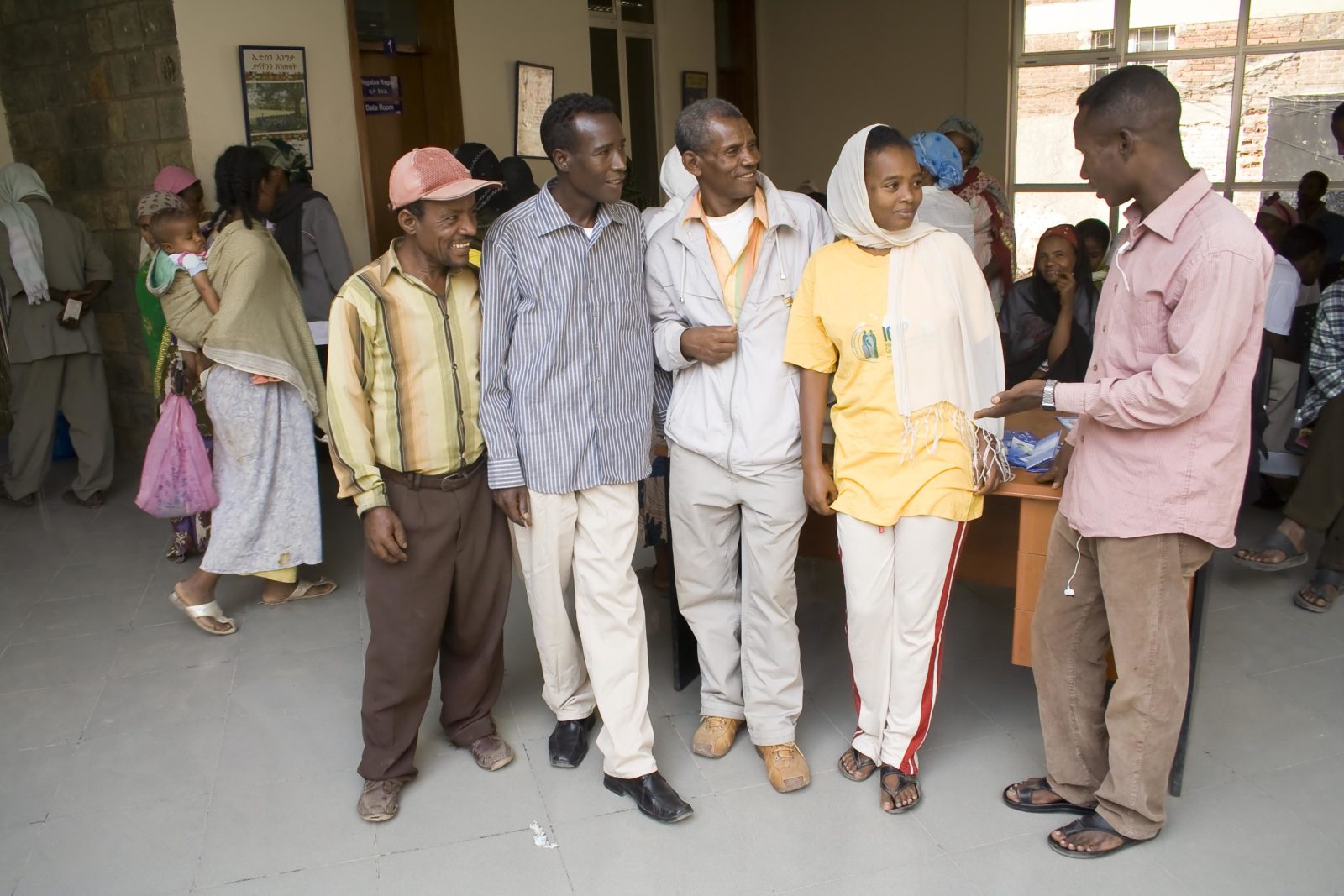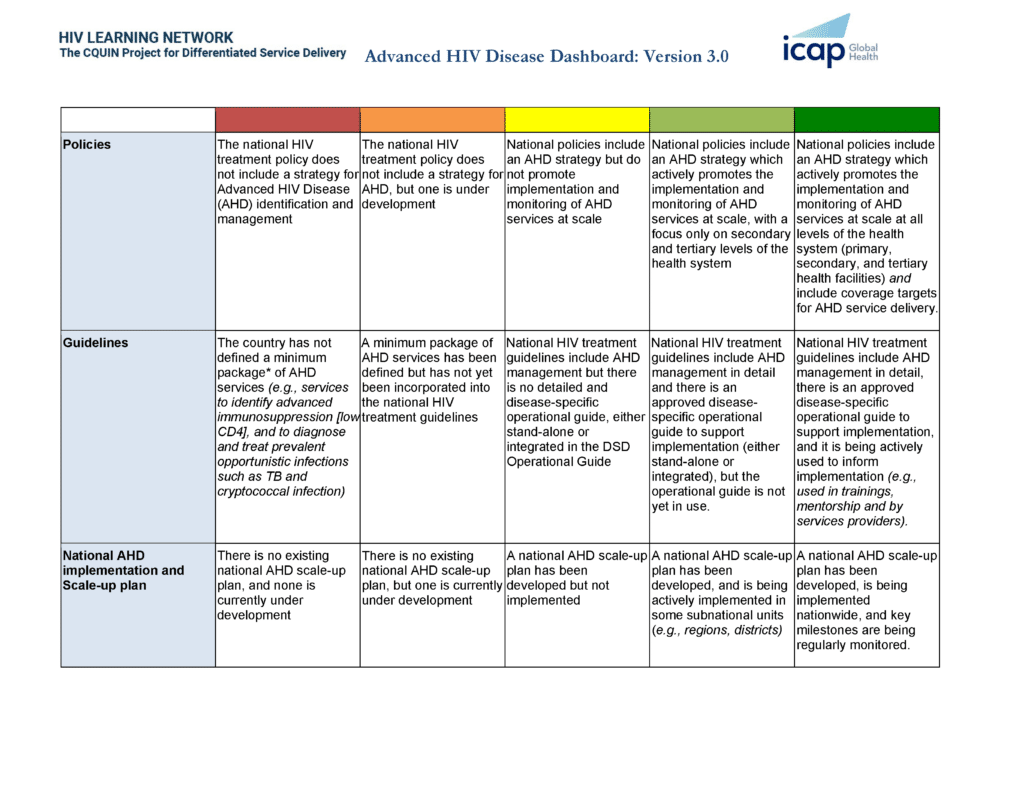Health care facilities have achieved limited HIV testing and treatment coverage in men, with barriers including confidentiality concerns, distance to the facility, inconvenient hours, and perceptions that facilities provide women-centered services. Other barriers to male engagement include stigma, poverty, and feelings of compromised masculinity associated with seeking health care.
Community-based HIV interventions can overcome barriers associated with facilities and increase men’s engagement in care. Social and livelihood interventions can reduce stigma and poverty. Community-based testing interventions (particularly home and mobile) have high acceptability and reach more men than health care facility-based approaches. For men testing HIV positive, providing immediate antiretroviral therapy (ART) is associated with high retention and viral suppression. This strategy of collapsing the cascade provides streamlined services and reduces loss to follow-up.
Community-based interventions should be tailored to the needs of men to maximize uptake, including flexible hours, multiple follow-up visits, and convenient and private access to care. Integrating HIV testing into screening for chronic disease can reduce stigma and increase program efficiency. More research is needed on male-centered approaches to increase men’s engagement in HIV services, particularly later in the cascade. Interventions targeted to men who have sex with men are urgently needed.
The current state of evidence strongly suggests that community-based test-and-treat strategies can reduce the gender disparity in HIV testing and treatment by achieving higher levels of ART coverage and viral suppression in HIV-positive men.





